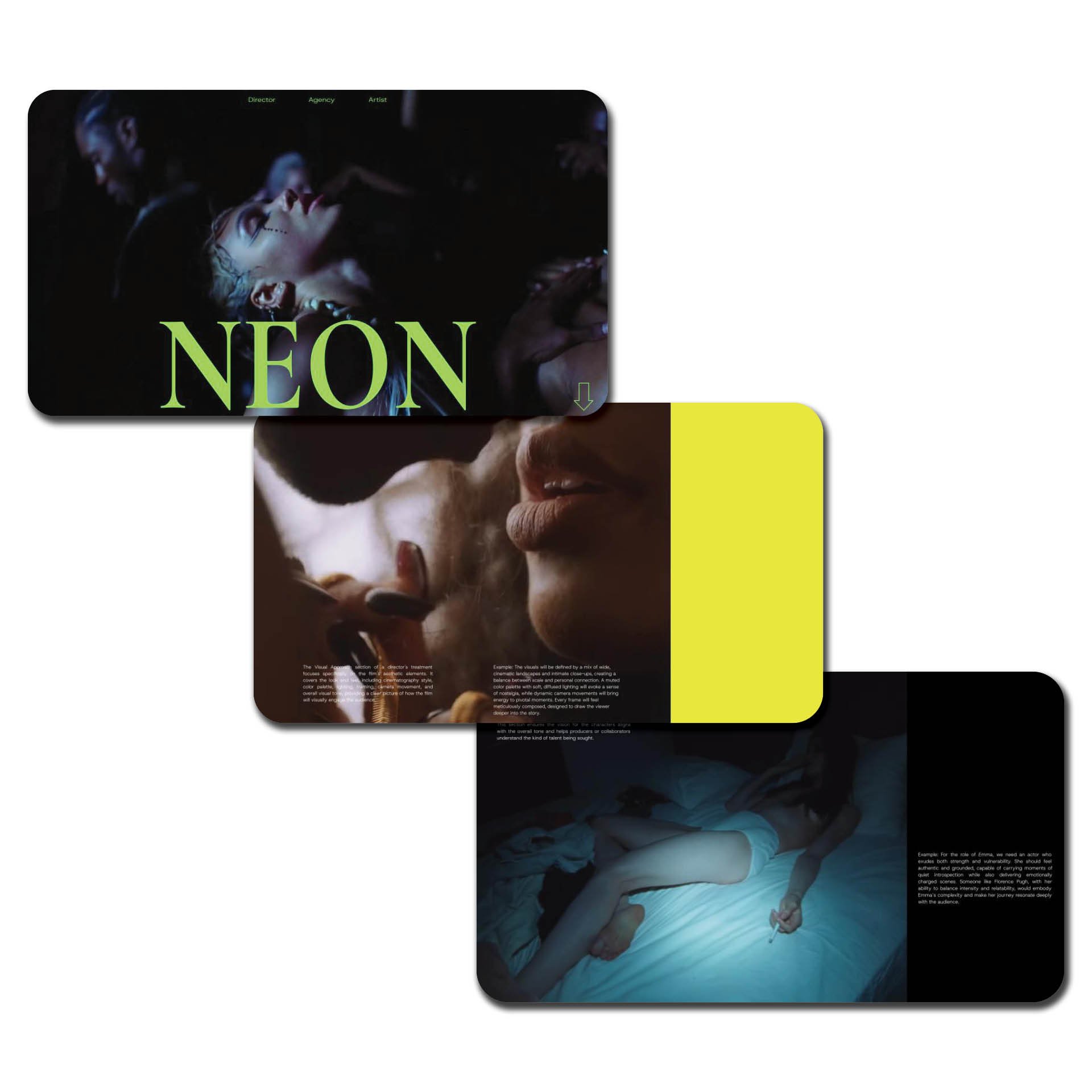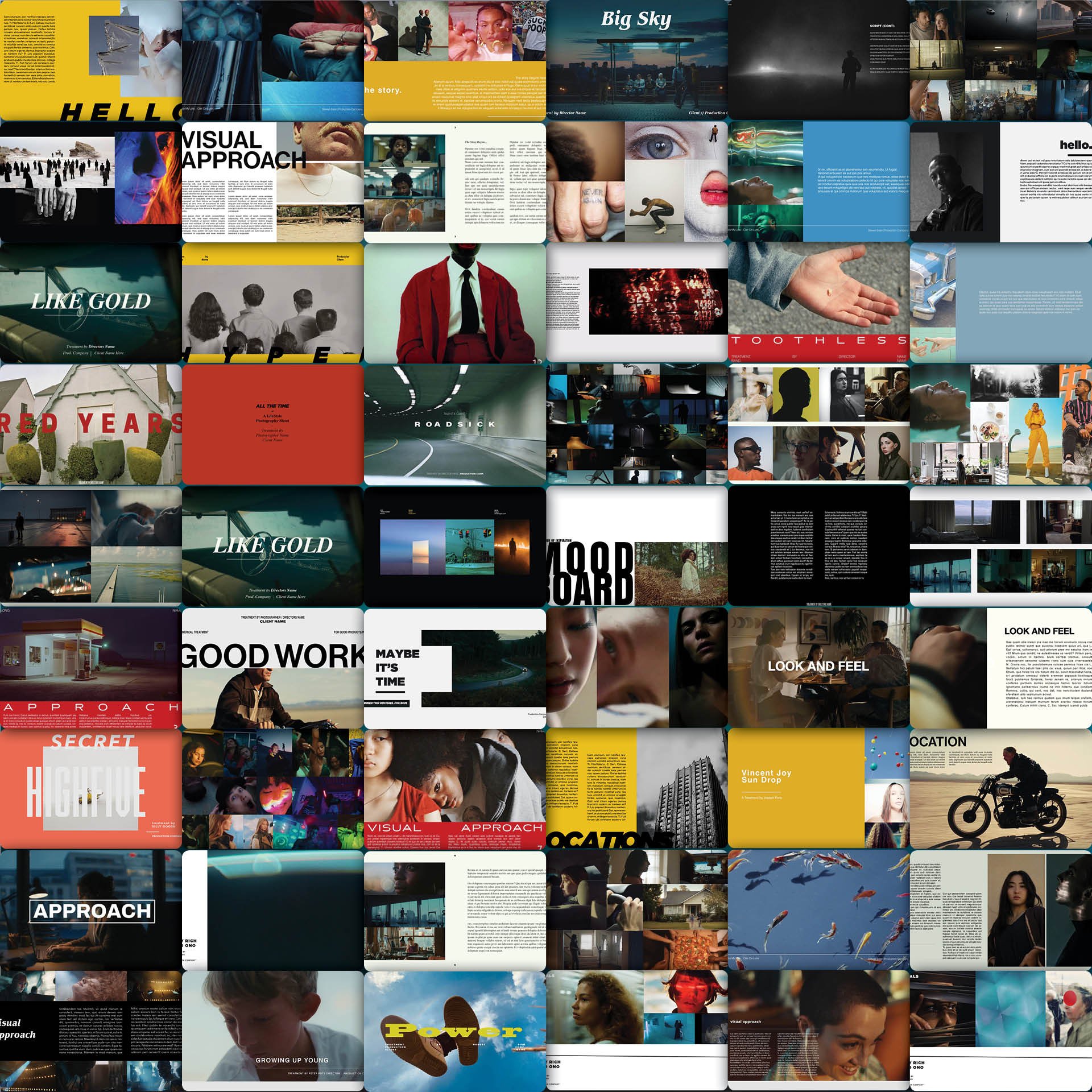Maximizing Impact: How to Choose the Right Treatment Template for Your Project
When crafting a treatment, you’re not just presenting a pitch—you’re creating an emotional connection. The right template doesn’t just deliver information; it amplifies your message and ensures it resonates with your audience. Your treatment’s layout, visuals, and tone subconsciously influence how clients perceive your ideas. It’s not just about what you say—it’s about how it feels when they experience it.
A carefully designed treatment demonstrates intention and thoughtfulness, signaling to clients that your vision extends beyond the content. This creates an unspoken dialogue of professionalism. Even before your words are fully absorbed, the audience is forming opinions based on the design and organization of your pitch. Every detail—color, typography, image placement—works together to set the tone and communicate your expertise.
Understanding the Psychology of Persuasion
A treatment is an opportunity to shape how your audience envisions your project. Clean, professional designs foster trust and credibility. Subtle visual cues, like balanced layouts and intentional use of whitespace, help clients focus on your core ideas without feeling overwhelmed. Bold, attention-grabbing imagery paired with clear text subconsciously communicates confidence and clarity—two things clients are instinctively drawn to.
Another key psychological principle is the use of storytelling. Humans are wired to respond to narratives, and your treatment should use its design to guide viewers through the emotional arc of your project. Consistency in tone, supported by visuals that evoke curiosity or excitement, primes the client to see your pitch as a cohesive experience rather than a set of isolated ideas.
Tailoring to Your Audience
Different audiences respond to different aesthetics. Corporate clients may favor minimal, polished presentations that mirror their brand values, while a more artistic or experimental pitch might lean into creative layouts and bold design. Understanding who your audience is and what appeals to them psychologically is just as important as the content itself. You want your presentation to feel familiar yet fresh, inviting them to see themselves in your vision.
Tailoring also involves anticipating the emotional needs of your audience. If they are risk-averse, a clean, well-structured treatment helps alleviate their concerns by signaling stability and reliability. For more creatively inclined clients, adventurous designs or unconventional layouts can spark excitement and signal that you’re aligned with their innovative mindset. Knowing what your audience values allows you to design a treatment that speaks directly to their expectations.
Creating a Sense of Ownership
The most successful treatments allow clients to feel like they’re already part of the project. When the visual approach reflects the tone of their brand or project, it creates an instant sense of alignment. Clients who can “see” your idea through a visually compelling treatment are more likely to buy into it because they already feel connected to its execution.
Ownership also comes from engagement. A treatment should offer just enough detail to immerse the audience without overwhelming them, leaving space for their imagination to engage with the material. By encouraging clients to envision their own role in the project, you foster a collaborative spirit that makes them more inclined to invest emotionally—and financially—in the idea.
The Power of Simplicity
Simplicity is often underestimated in treatments. Overly complex designs or crowded layouts can detract from the message and overwhelm the audience. A well-designed treatment simplifies the viewer’s decision-making process by focusing their attention on key points, reducing cognitive load, and making the overall experience more enjoyable.
By focusing on these psychological principles, you can craft a treatment that does more than present an idea—it builds trust, creates alignment, and leaves a lasting impression.
Simplicity also builds trust. A clear and concise treatment reflects confidence in your ideas, showing that you understand your project well enough to distill it into its most impactful elements. It allows the story and visuals to take center stage, ensuring that every piece of information feels purposeful and essential. When a treatment is easy to follow, clients are more likely to remember and connect with your pitch.


